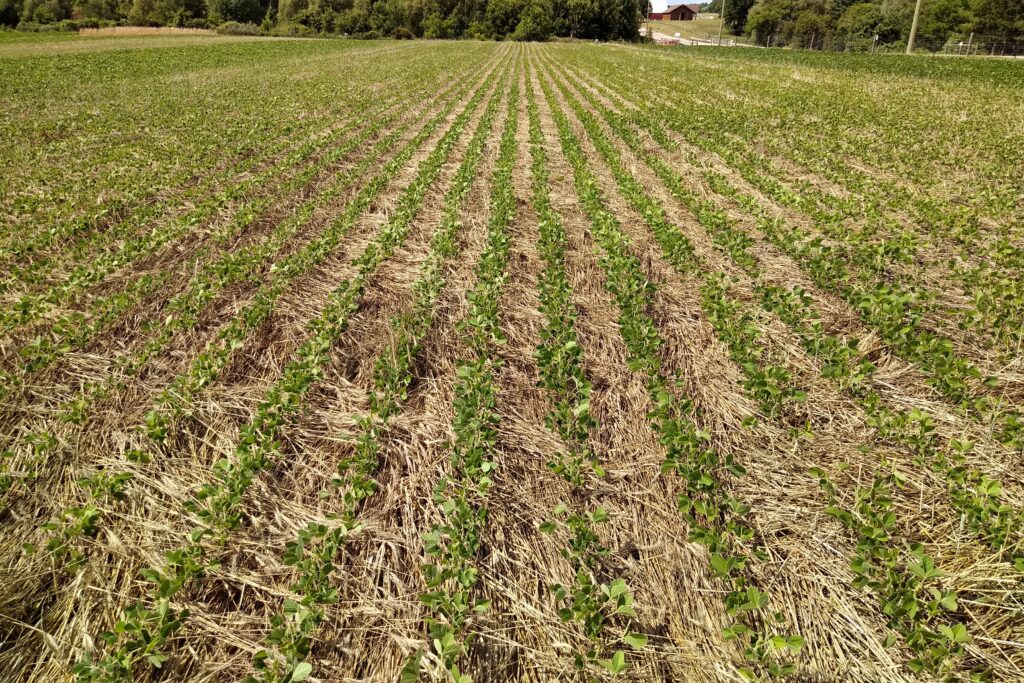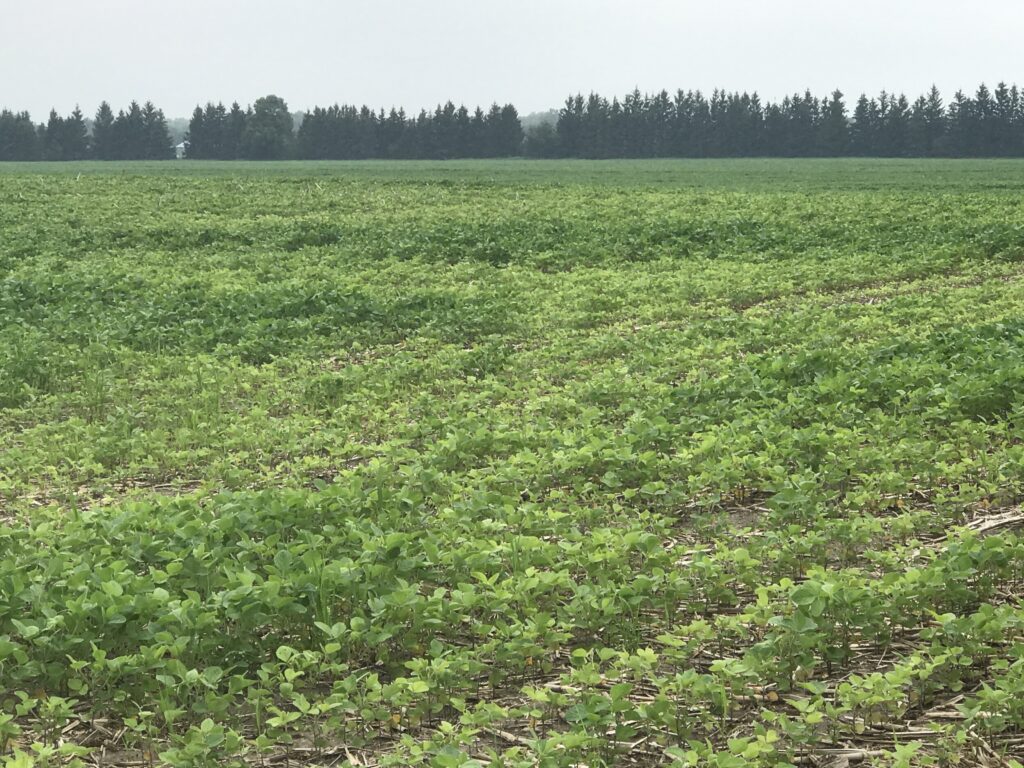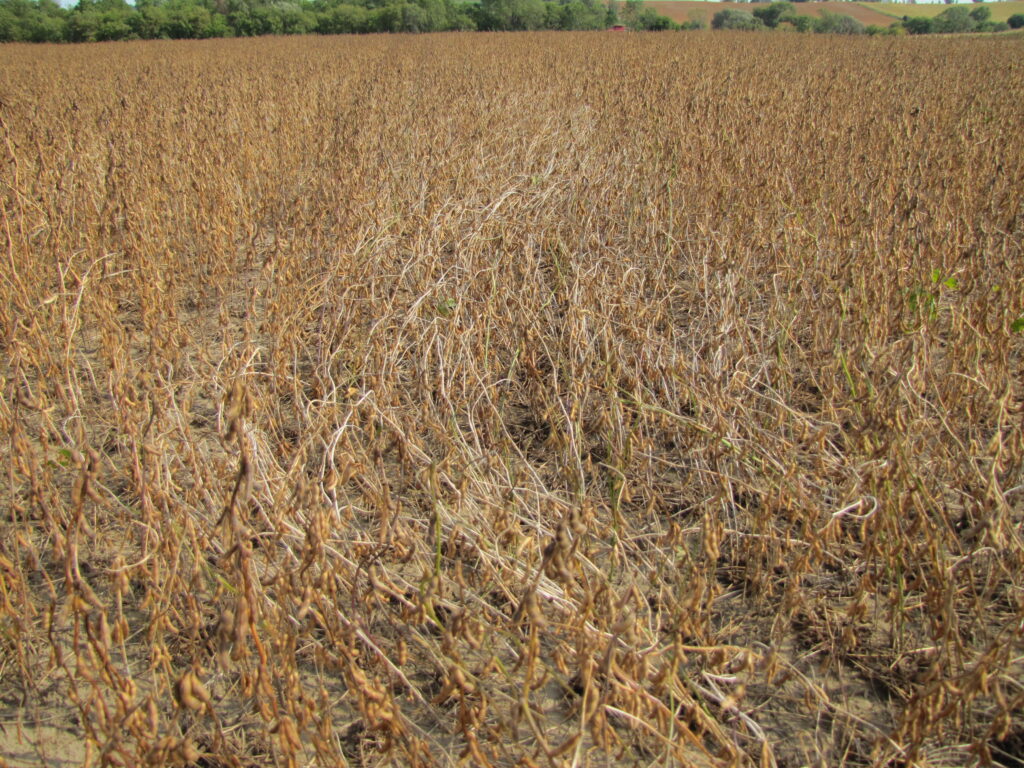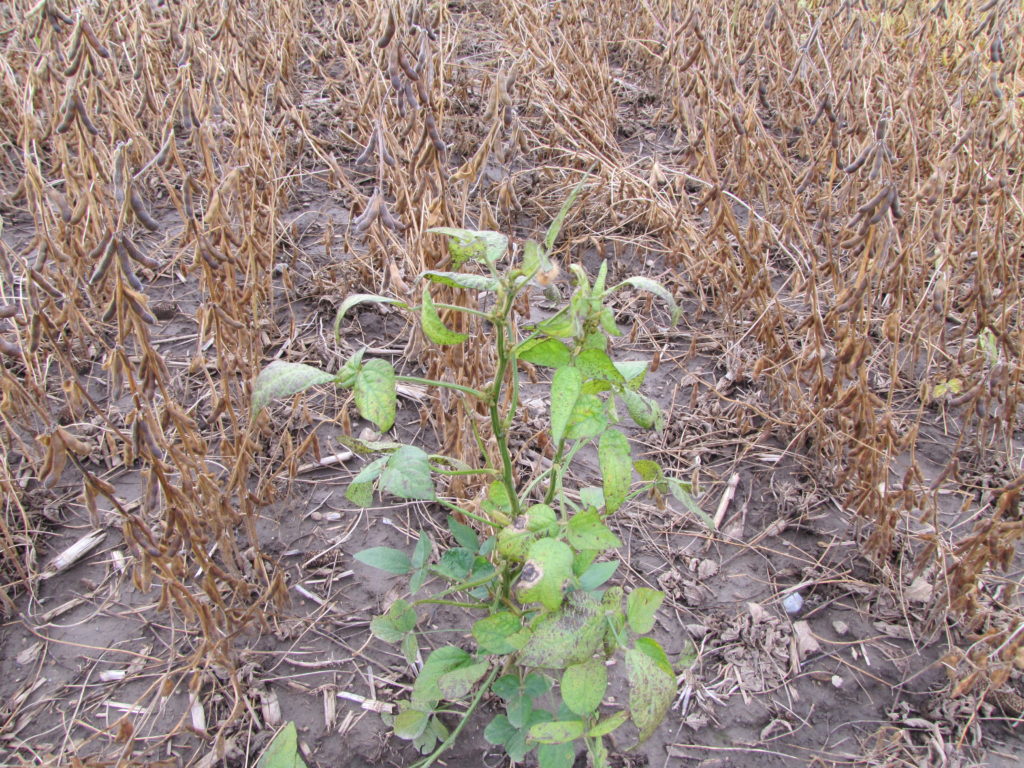Organic no-till soybean production: is it possible in Ontario?

In this article, we will take a look at using a roller crimper for organic no-till soybean production and the results of on-farm trials conducted in Ontario from 2019 to 2021. Highlights Why organic no-till? Organic soybean production relies on a significant amount of tillage. When done well, strong yields can be achieved. There are […]








